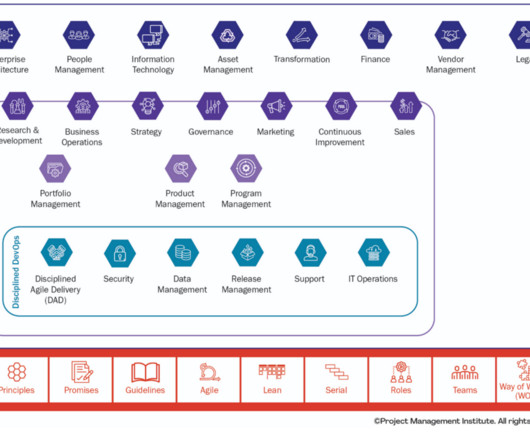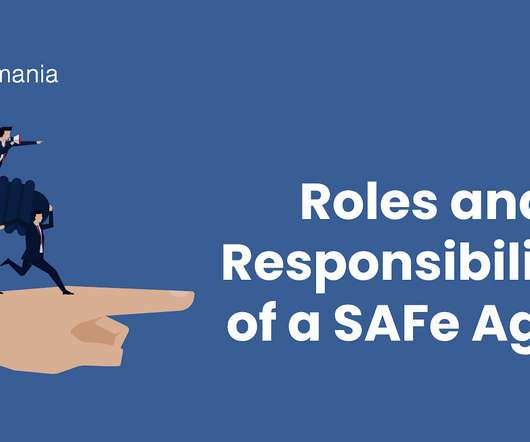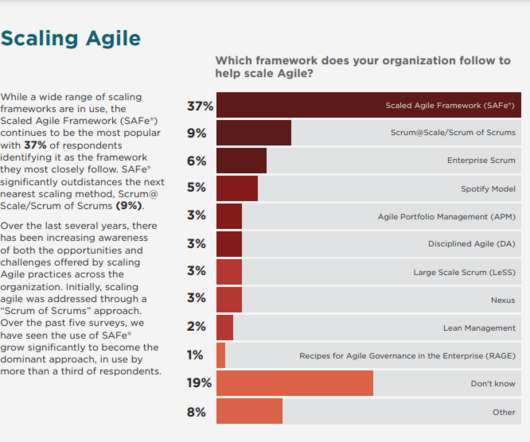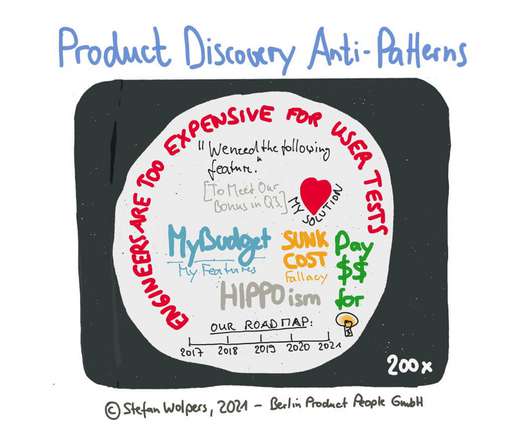SAFe Simply Explained (Part 1): Core Competencies and Principles
Inloox
JULY 1, 2021
What usually started in software development can now be extended to the entire company and thus, change the way people collaborate. Origin and Basic idea The Scaled Agile Framework was introduced in 2011 by Dean Leffingwell with the goal of taking advantage of existing agile methodologies and scaling them across the entire organization.
















Let's personalize your content